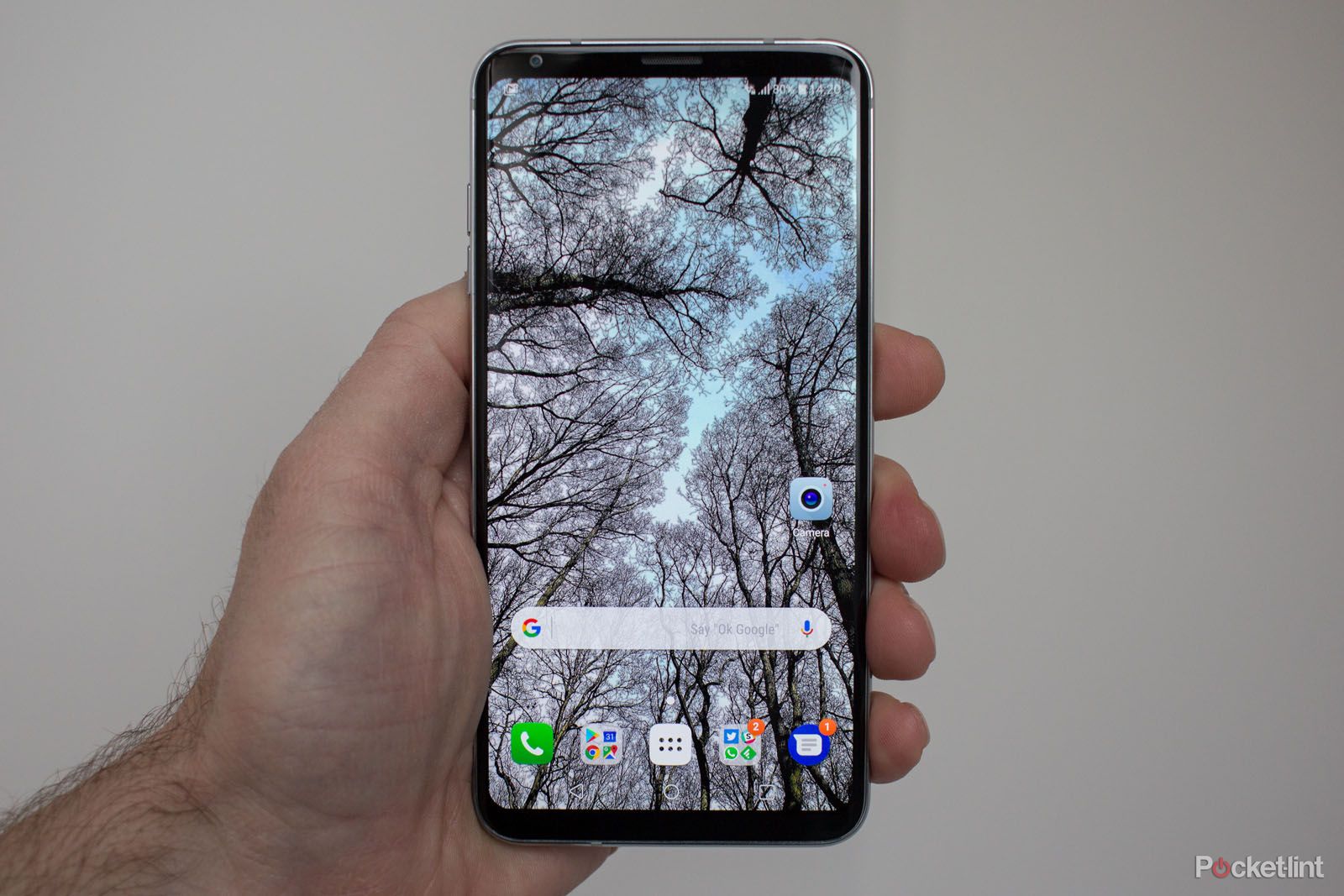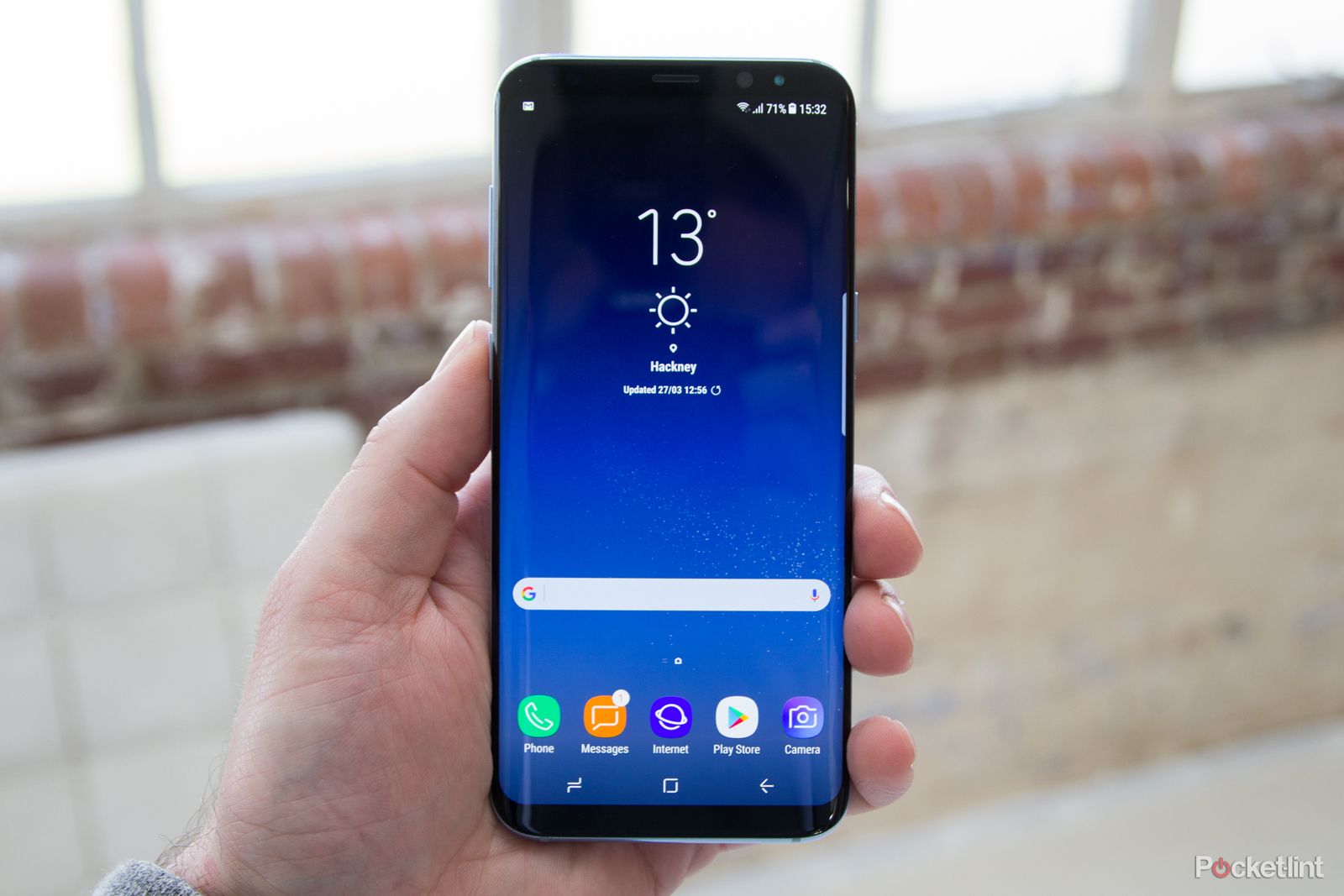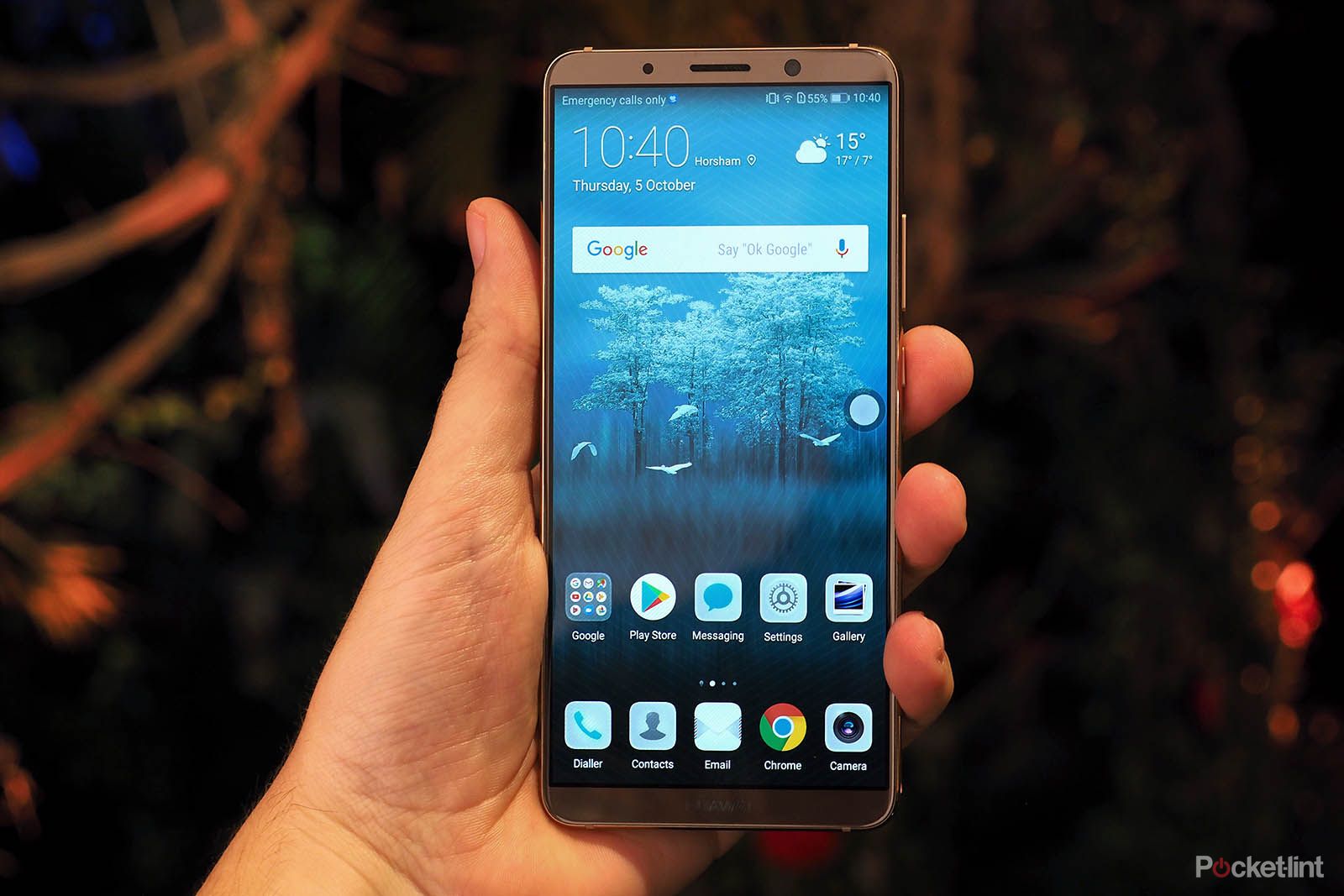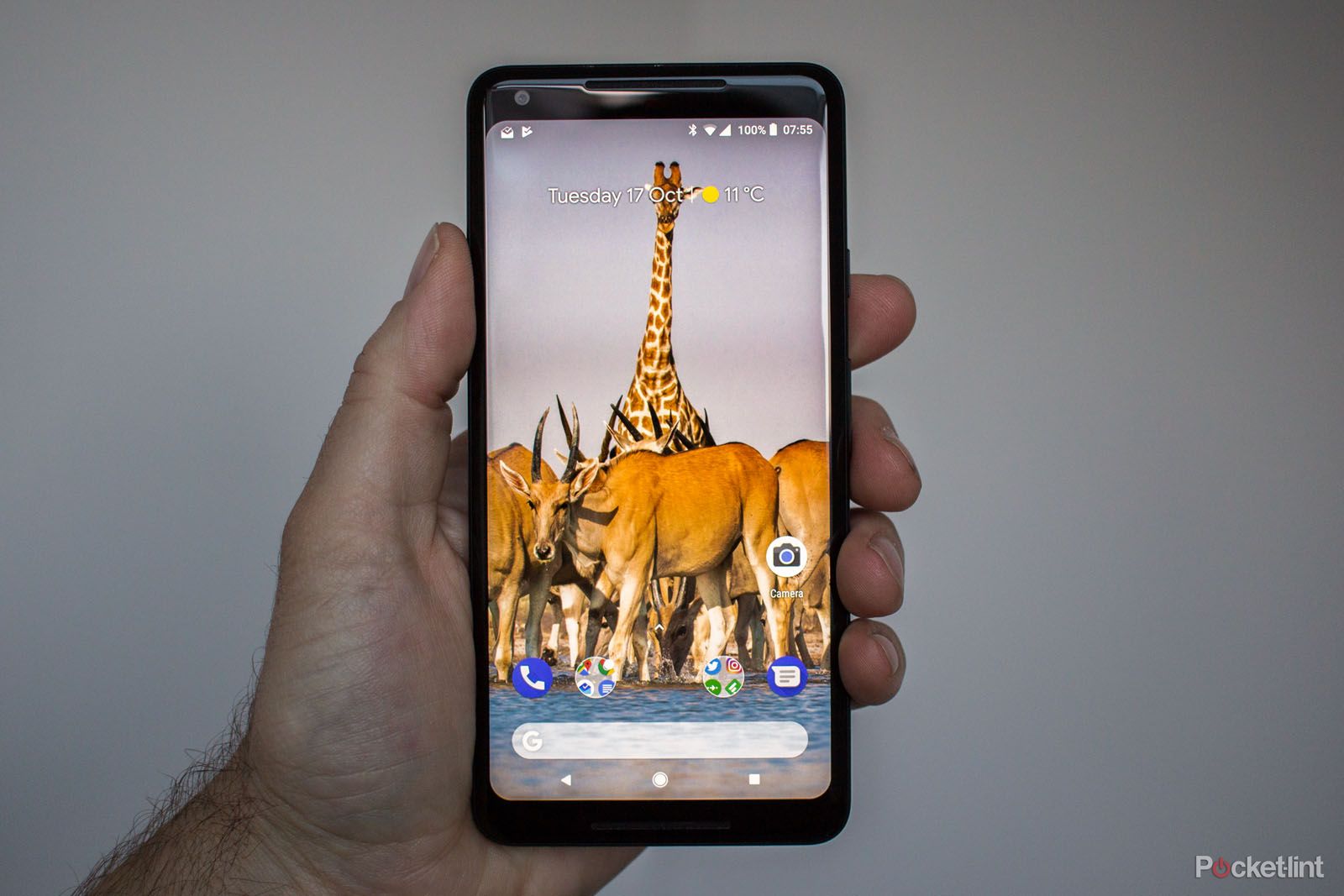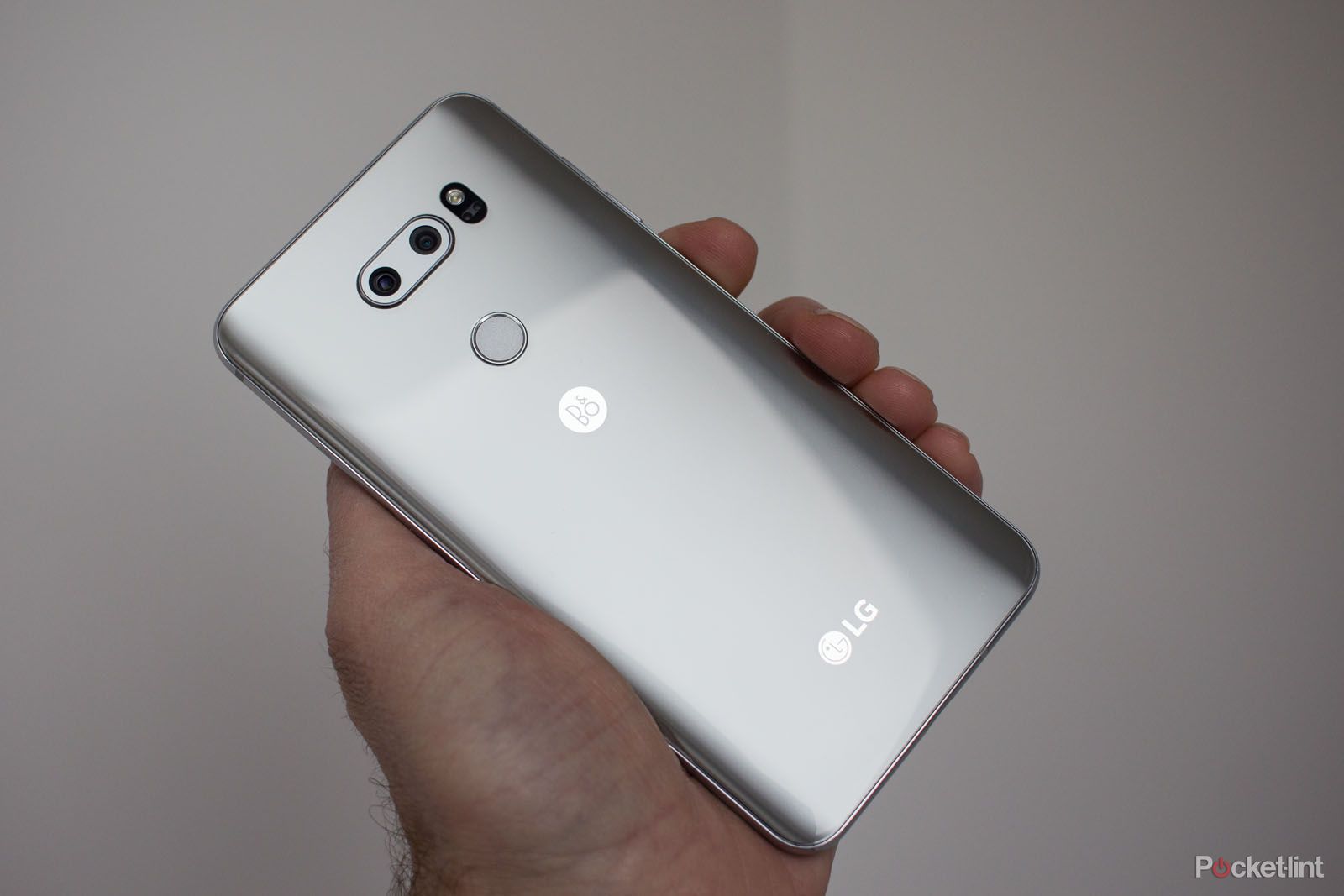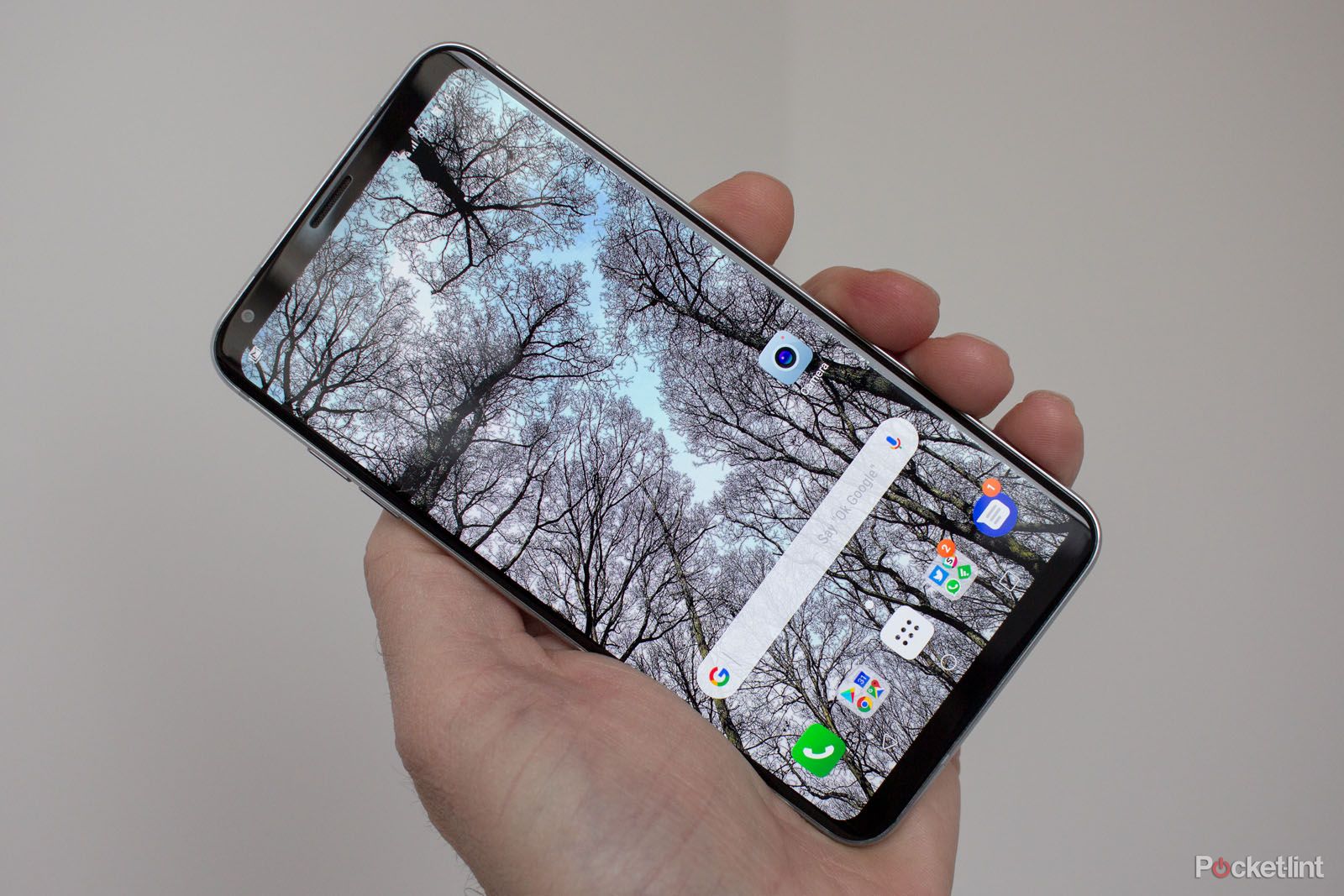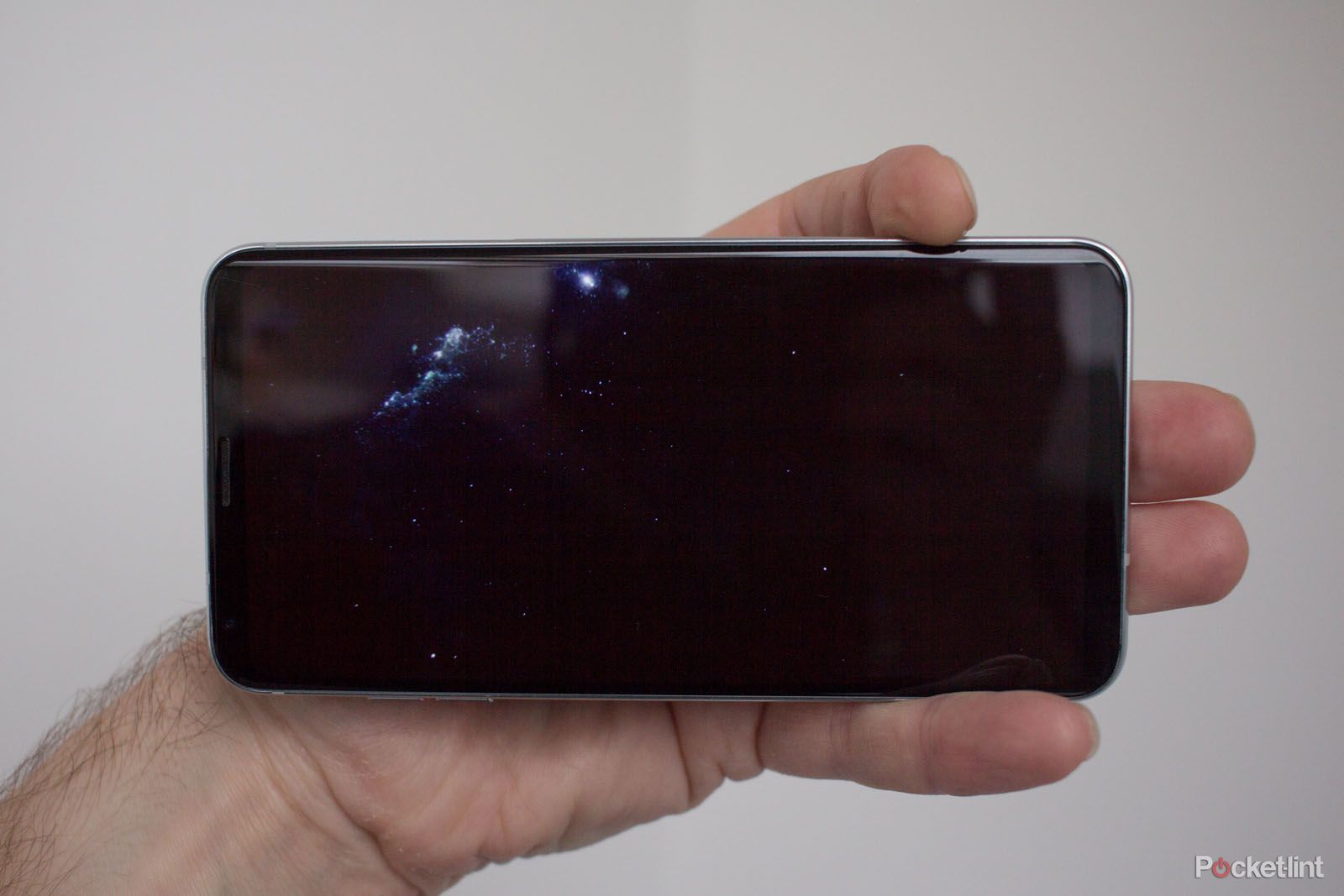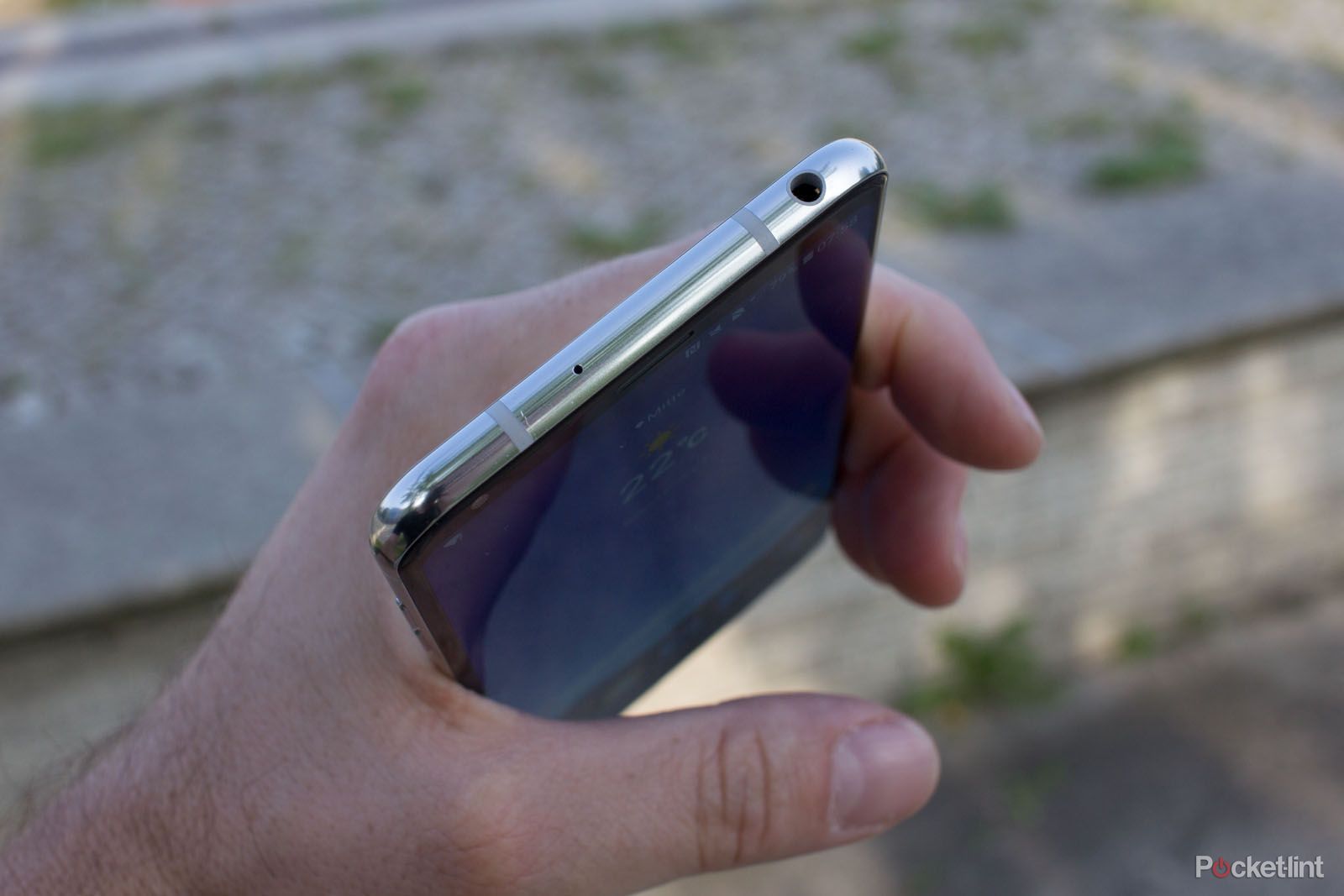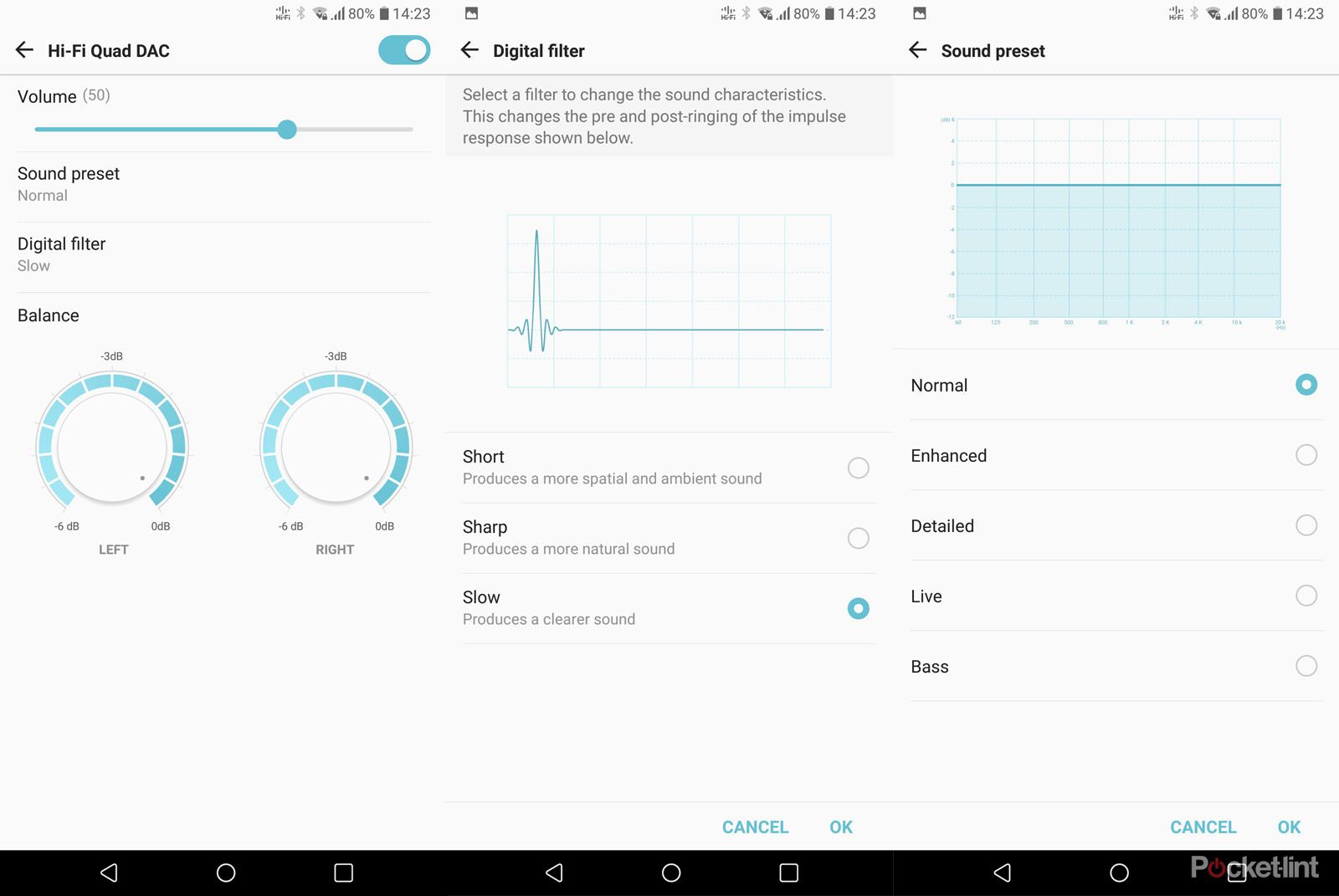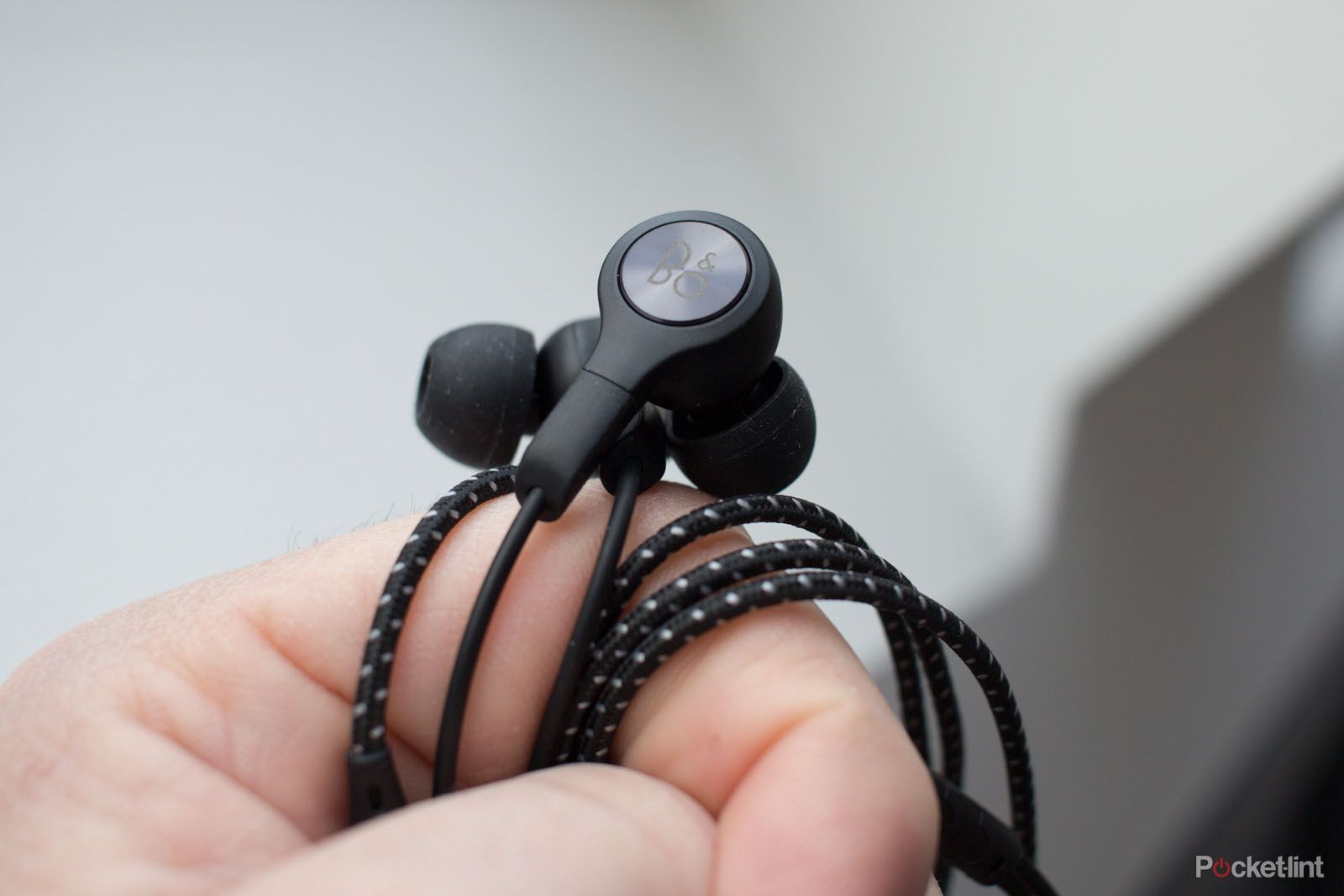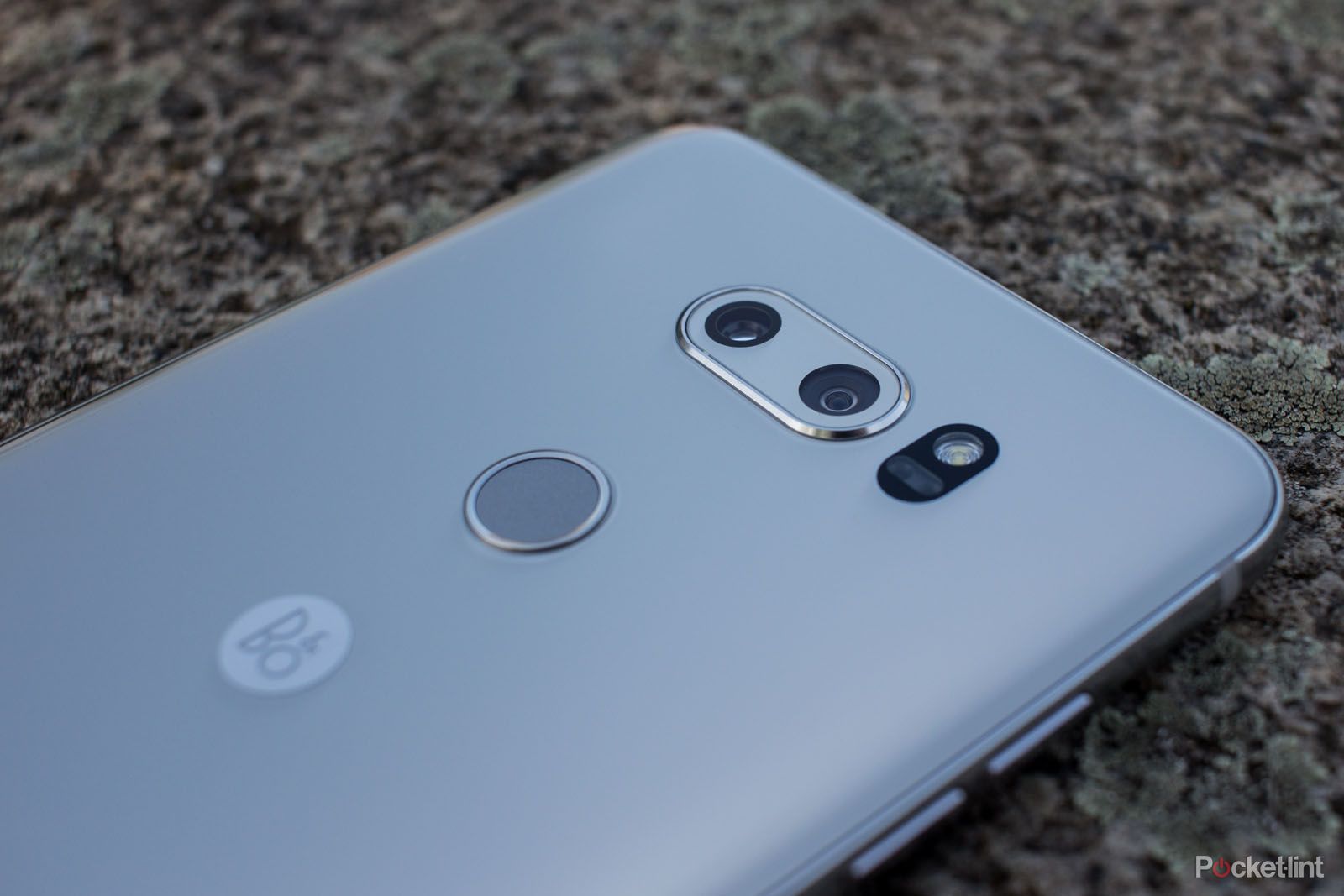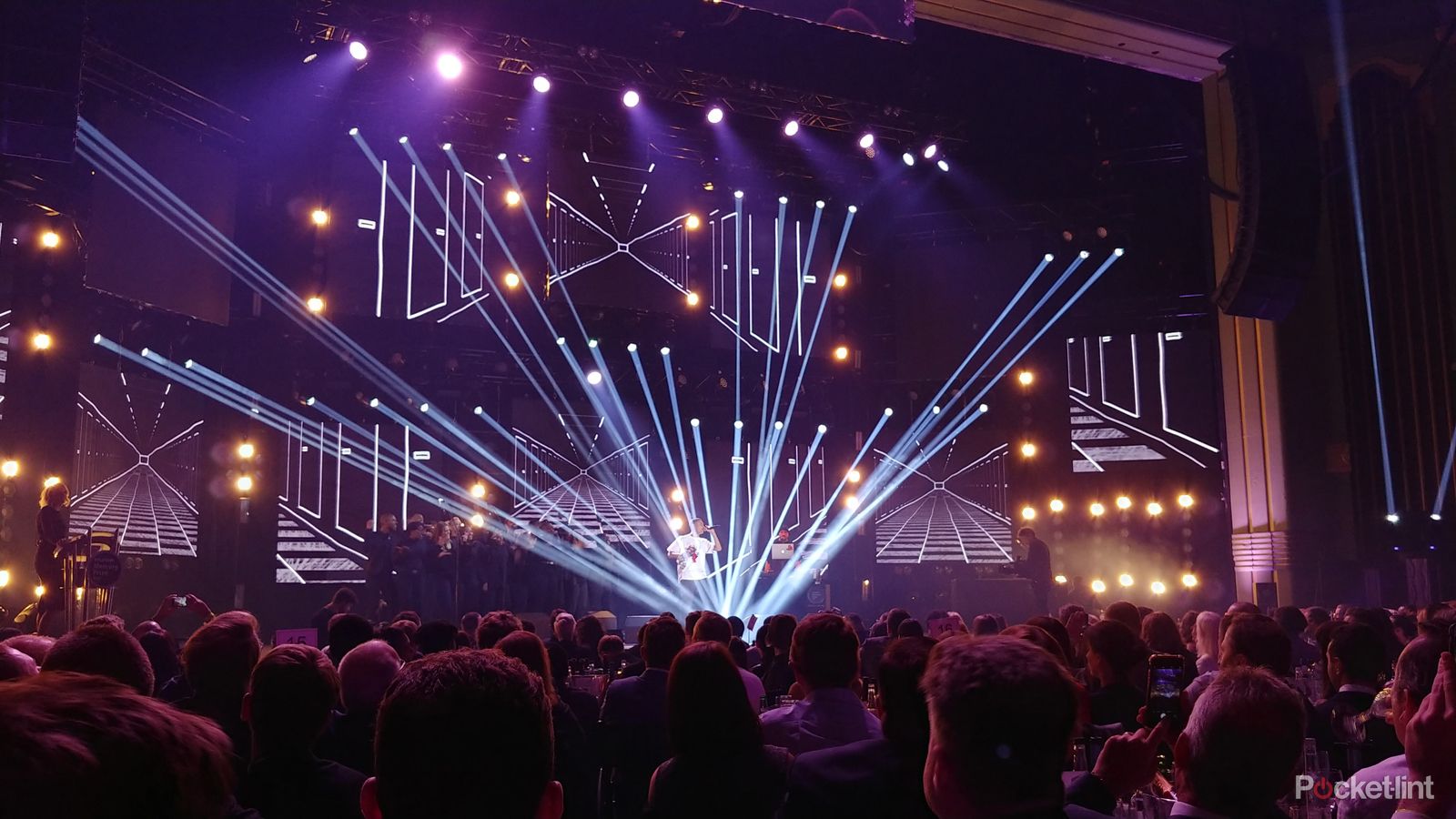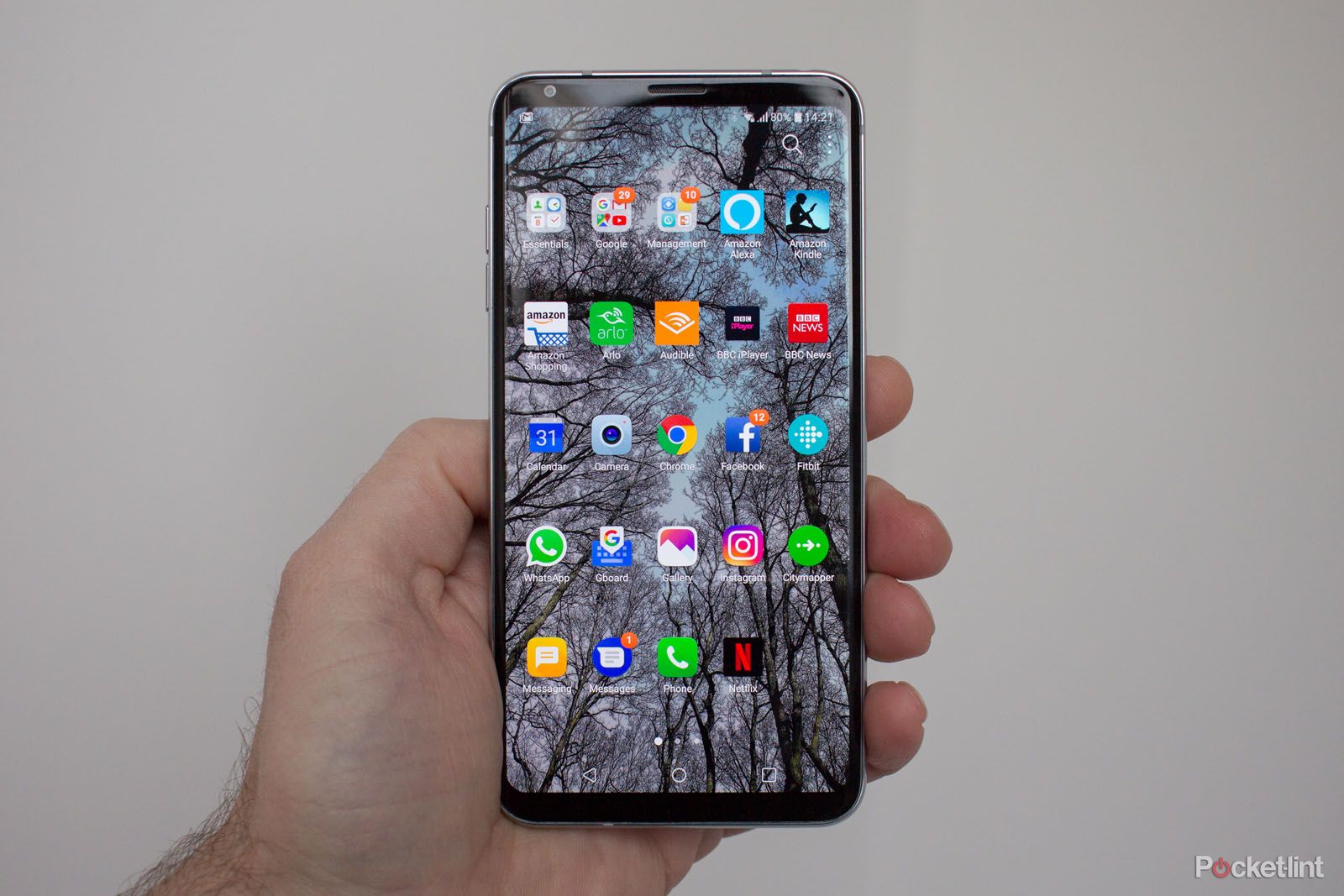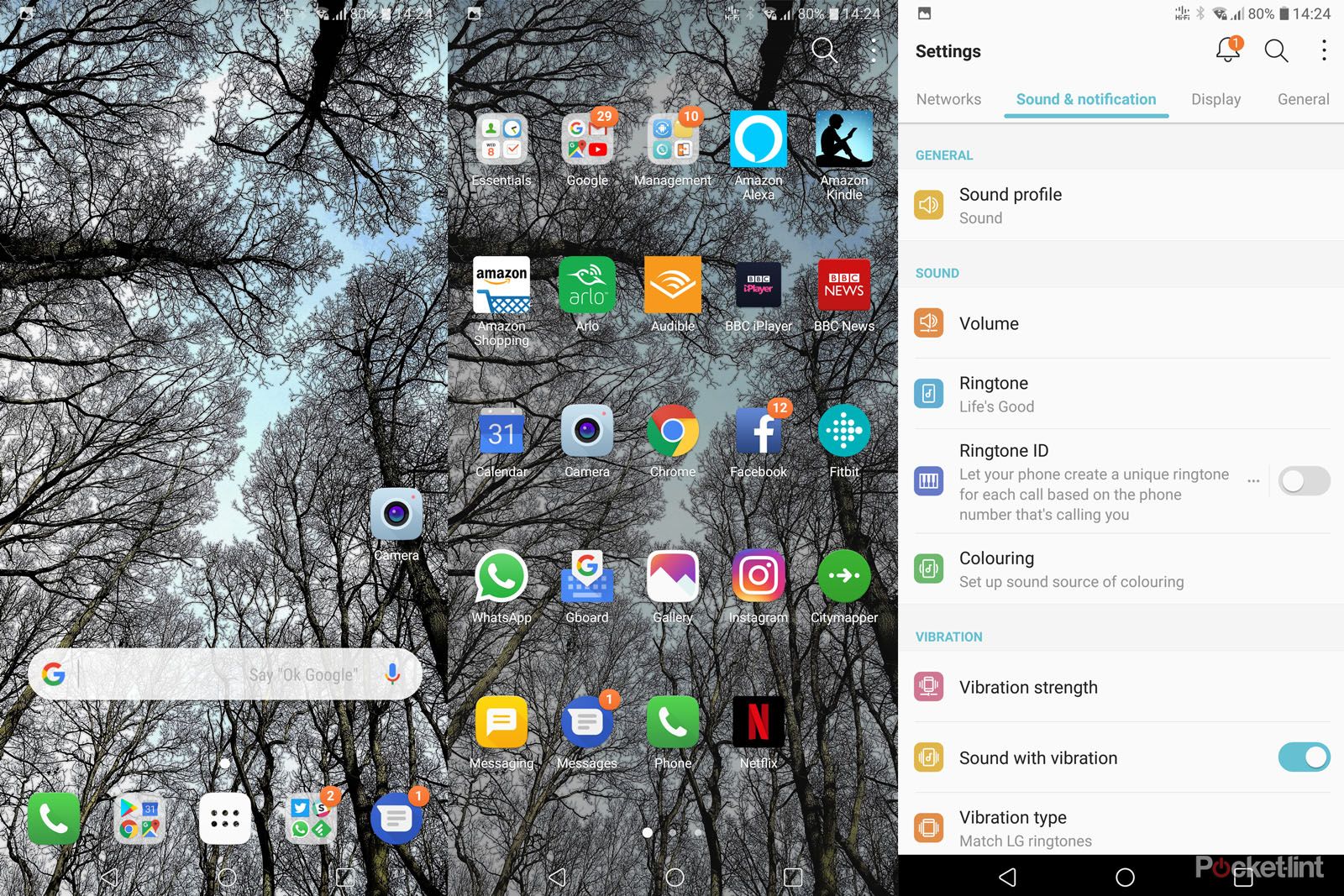The LG V30 is the third iteration of its V series, with the aim of changing the opinion of this family of phones. The thing that's always been slightly strange about the V models is the limited availability and the strong focus on advanced video capture skills, marking this out as a phone that's aimed at videographers.
LG found through its own research that people saw the V device as something for professionals, which isn't all the V30 is about. Yes, there's the inclusion of some high-end features, but it's as much a flagship for everyone as any other device.
There's a lot of appeal to LG's big phone: it casts a shadow over the LG G6 that launched earlier in the year, but it's not without its own problems.
- Best smartphones 2018: The best phones available to buy today
- Upcoming phones: The future smartphones of 2018
-
Our quick take
With big phones increasing in popularity, the LG V30 lands in a space that's more competitive than ever before. The Samsung Galaxy S8+ and the Note 8 are particular rivals and there's competition from devices like the (more affordable) Huawei Mate 10 Pro.
The overall experience of the LG V30 is a positive one, though. We love the design and that full-screen design that others have failed to embrace. It's a phone that feels good in the hand, offering waterproofing and the convenience of that 3.5mm headphone socket (which sounds truly excellent, by the way).
At its core the V30 is a phone with heaps of power and good battery life - plus fast charging options - and a camera that, while not the best, offers creative options you cannot achieve from most other devices. Within that, there's a uniqueness that gives the LG V30 appeal.
But the display isn't the best you'll find on a device at this size. While it doesn't suffer like the Google Pixel 2 XL (which is to the detriment of the whole experience), the V30 can perform poorly in some conditions. For some, that might be a situation that never arises, but for others, it could well be the deal-breaker.
- Best LG V30 deals
- Great design and build
- waterproofing
- 3.5mm headphone socket and headphones sound great thanks to Quad DAC
- wide-angle camera
- good battery life
- good fingerprint sensor placement
- Display isn't the best quality out there
- some software quirks (failed Bluetooth) and bloat apps
- camera performance could be better in some areas
Samsung Galaxy S8+
The Samsung Galaxy S8+ might be pretty old, but the fact that it's still putting new phones in their place is indicative of how accomplished it is. A beautiful curve-edge display, which is bright, sharp and brilliant, tops this striking design.
There's plenty of power in this waterproof phone, along with battery life that will get you through the day, as well as the convenience of a microSD card slot and 3.5mm headphone socket. It's also cheaper than the V30, which offering just as much power and a camera that's hugely impressive, if not as creative on the video front and lacking that second lens.
Read the full review: Samsung Galaxy S8+
Huawei Mate 10 Pro
With the Mate 10 Pro Huawei has cracked that big phone formula. This is one of the most accomplished devices from Huawei ever, offering a big screen experience in a package that's wonderful to look at and use. There's a pair of great cameras on the rear and even EMUI has been reduced to the point that it no longer feels like it's getting in the way of the experience.
This all comes at a price that makes the Mate 10 Pro appealing, but Huawei has ditched the headphone socket and we didn't always find it to have the strongest network performance.
Read the full review: Huawei Mate 10 Pro
Google Pixel 2 XL
There's a lot to love about the Pixel 2 XL. It has one of the best cameras on the market and while it might lack the V30's wide-angle lens, it's generally a better performer in all conditions. There's plenty of power, that raw front-of-the-update query Android Oreo and an incredibly slick software experience.
The display doesn't offer a great experience however, with Google tuning it for a natural colour experience and in the process stripping all the life out of it. That's been addressed with software updates, but we'd sooner pick the V30 for the display, even if that struggles in some areas too.
Read the full review: Google Pixel 2 XL
LG V30 - 4.0 / 5lg v30
Embracing quality design
- 151.7 x 75.4 x 7.3mm; 158g
- Gorilla Glass 5 front and rear
- IP68 waterproofing
Both LG and Samsung made a major shift in smartphone design in 2017 by adopting a different screen aspect ratio. The advantage of this move is in allowing lots of screen space without the phone getting too wide in the hand. It has kickstarted a trend that's reached beyond these two companies and all the way to Apple, in the iPhone X.
For the LG V30, that means a display that measures 6-inches on the diagonal, yet a body width that's only about that of a 5.3-inch device. Reducing the front bezels top and bottom and shifting away as much of the clutter to maximise display space dominated the LG G6 design, an act repeated on the LG V30.
The V30 feels more accomplished than the LG G6 ever did. The metal core of this phone creates the edges, while the Gorilla Glass 5 front and back curve neatly to meet those edges. It's smooth, it's sleek, it's very refined. It also comes in smaller than the Pixel 2 XL and the HTC U11+ - two newer 18:9 phones that don't manage to pack so much into a small package. So from a design point of view, all credit to LG.
Coming in four colours - Aurora Black, Moroccan Blue, Cloud Silver, Lavender Violet - it's the silver we have in hand for this review (although it's a Korean-sourced model rather than UK) and it looks great. There's a depth to that rear colouration, it's not a flat silver like the metal phones of 2016, thanks to the use of glass. This being a glass phone, however, you'll probably want to look at a cover - we've already managed to smash one LG V30 (and, separately, a Huawei Mate 10 Pro, cue sad face), as is the unavoidable peril of glass phones.
We really like the placement of the fingerprint sensor. Like many Huawei and Honor phones, or even the 2016 Pixel devices, the fingerprint scanner sits on the rear. Unlike Samsung's phones, it's easy to hit and distinct, also incorporating the power button, so it will depress slightly.
That leaves the sides of the phone, where the volume buttons are housed on one side and the SIM/microSD card tray on the other. Everything looks ordered and neat - an accomplished design that somehow fits the size of the device better than it did in the smaller G6 format. We'd happily say that we think this is LG's best designed phone in a long time, with big screen appeal.
One of the things that might pull the V30 down a little is its weight. This is very much a perception thing, but this phone feels incredibly light compared to other rivals. There's great heft in the iPhone X or Galaxy Note 8, which leaves the V30 feeling a little lesser. Some might see that as an advantage, some might think it feels cheap as a result.
Big OLED display, but how does it perform?
- 6-inch, 2880 x 1440 pixels (536ppi)
- 18:9 aspect ratio
- OLED panel
Although LG is one of the biggest users of OLED in its televisions, it hasn't used the display technology in its smartphones with a great degree of regularity. The G Flex was an exception, with OLED showing one of its skills in that form - flexibility.
OLED, P-OLED, AMOLED - call it what you will - comes with a few advantages over an LCD display. OLED is generally richer in colour and offers deeper blacks. The downside is that whites can be tainted and peak brightnesses isn't likely to be as high, plus LCD can look more natural.
The LG V30 will let you tweak the colour balance, so if you think it looks too warm (slightly yellow whites, for example), you can make them cooler, but not to a huge extent.
Now, LG has seen itself getting some bad press in recent months, because of the use of an LG OLED panel in the Google Pixel 2 XL. You might expect these displays to look the same, but they don't. The Pixel 2 XL's problems seem to come down to Google's tuning - aiming to make it more natural (and failing in our opinion) - but the LG V30 doesn't suffer from this problem. This is a rich and vibrant display - perhaps a little too vibrant for some, especially compared to a device like the iPhone X.
While we don't think this display is as good as those you get on that Apple device or, more importantly, Samsung's 2017 flagships, it's nowhere near as bad as the Pixel 2 XL, so it's a lot nicer to use. There is some blue shift off-axis in the LG, and the colouration isn't completely even across the panel, although we find that to be within acceptable norms. It could be better, but we don't find it detracts from the day-to-day user experience. We have a suspicion that there's variation in the quality of these displays across devices, however, which might be something to look out for if you're looking to buy one.
The LG V30 is also on the list of devices that's HDR compatible, meaning you'll be able to access HDR content through services like Netflix. That's the latest buzzword in the world of movies and entertainment, but you have to consider that even if you are watching HDR content, the tonality of the display will effect that view. In this case, things are a little too saturated, especially in dark scenes. Fire up Star Trek Discovery on Netflix - in HDR no less - and the darkness of space carries a red blooming tinge, which spoils things. (We've included a photo below, but reflections and the camera make it hard to display properly.) If you're a movie watcher, then Samsung's OLED offering is much stronger.
Gone from the display layout is one of the things that defined the earlier V models - a secondary display. Previously this would offer up notifications, shortcuts and the like, but now becomes a Floating Bar. Again, it's similar to some of the stuff that Samsung is pushing into its edge panels.
In the LG it's more about shortcuts. You can customise the apps offered and you can also have third-party apps supported in music controls, like Spotify. Yes, Spotify is well supported in the lock screen and in the notifications area, but for those who are struggling to reach the top of the phone one-handed might find this feature really useful - you're also free to position the Floating Bar icon wherever you like on the left or right edge of the display.
Having used the LG V30 over the last month, we can't say that we used the Floating Bar at all - other than for review purposes. We suspect that for those who had a previous dual-display device, then you might use Floating Bar to make up for that loss, but in reality it's never hard to get to what you want through existing notifications.
Hardware power and battery performance
- Qualcomm Snapdragon 835, 4GB RAM
- 64GB storage, microSD card slot
- 3300mAh battery, Quick Charge 3.0
One area that LG gets it right is in the hardware. The use of the Snapdragon 835 means that this phone flies through daily tasks. It acts and feels just as powerful as any other flagship device we've seen from Android this year. It doesn't get hot under load and when fed demanding games it has no trouble running them.
There's 4GB of RAM and 64GB of storage (with the option to expand via microSD), although there will also be a V30+ model with 128GB storage which will be available on some US networks.
On the battery front there's a 3300mAh cell, which is pretty capacious. It's also supported by Quick Charge 3.0, so you can expect it to charge in about an hour or so, and there's fast wireless charging onboard too.
Having used the V30 for some time, we're happy that it will last through the day without too much of a problem. We'd say that this phone matches the sort of performance that you'll get from the Samsung Galaxy S8+, meaning you can use it all day (with a dab of power saving) and it will get you home again without running dead. Of course, go full blast on power-hungry activities and you'll need to top up around mid-afternoon.
Music sounds better with you
- Quad DAC (32-bit, 384kHz)
- aptX HD via Bluetooth
- 3.5mm headphone socket
- B&O Play headphones in the box
For the past few generations of devices, LG has been looking to improve the quality of the audio performance. It's a common theme across smartphones and in the V30 it has resulted in a pairing with B&O. Well, on some devices. Those in the UK ordering from Carphone Warehouse will find that the V30 has B&O Play headphones in the box and there's the B&O logo on the rear, giving the device a premium lift.
The bundled headphones are good quality, offering a nice crisp bass punch and coming with a fancy braided cord, rather then plain plastic wire, so are definitely better than your average bundled headphones.
The presence of a 3.5mm headphone socket will keep many happy as this gives plenty of freedom to connect whichever headphones you want, although Samsung offers the same.
But it's really the presence of the Quad DAC (digital-to-analogue converter) that LG is making a lot of noise about - because it means access to Hi-Res Audio file formats up to higher sampling rates and frequency ranges than you'd ever get from a basic phone lobbing out MP3.
That might sound great on paper, but it's a slightly strange position. The DAC is off by default, so when you connect your headphones you'll have to seek it out and turn that option on. Without the DAC enabled, the phone sounds thin and lifeless. So why not just have it on all the time?
There are some tuning options that come with it too. We actually didn't change anything because we think it has a nice balanced tonality when combined with a good pair of headphones (by good, we mean headphones that have a suitable sound profile for your ears). There are some sound presets, which we think all sound a little odd, apart from "normal", and there's a digital filter option which can also bring some slight changes to your preference.
There's also left and right balance, but you don't get a regular equaliser - you have to use the presets, which is a bit of a shame. You also don't get the sort of tuning that HTC and Samsung offers that will detect what your ears prefer.
On the Bluetooth front, the LG V30 supports aptX HD, again meaning Hi-Res Audio support without the wires (not to the same ultra-high-end degree as from the DAC, mind). We paired it up with the excellent Sony WH-1000XM2, which also support aptX HD, for a great result.
Bluetooth isn't always plain sailing, though: we have two LG V30 handsets (one pre-production and one retail), and the retail one won't connect to any Bluetooth devices.
One of the most fun cameras you'll find on a smartphone
- Main: 70-degree, 16-megapixel, f/1.6, OIS
- Wide-angle: 120-degree, 13-megapixel, f/1.9
- Front: 5-megapixel
For many, the V30 is all about the cameras. That's something that's come from the V series heritage and there's a lot on offer on the back of this phone. And not just for the videographers.
Using a similar configuration to the LG G6, there's a wide-angle lens sitting next to the regular camera. Having two cameras is rapidly becoming the norm, but few have opted for the wide-angle that LG has chosen, making the V30 a rare and enjoyable proposition.
Yes, the iPhone and Note 8 are pursuing 2x zoom, while Nokia and Huawei are chasing quality with an RGB sensor and a monochrome sensor. But neither of these are as cool as the wide-angle of the LG V30. Wide-angle is one of the photographic skills that needs hardware - and we love that LG is sticking to its guns and offering something different, because it really does open up the creative opportunities.
Looking to improve the regular 16-megapixel camera, one of the lenses has been switched from plastic to glass. That also offers optical image stabilisation as well as a f/1.6 aperture, which is hugely wide, designed to be a better performer in low-light situations. The regular camera sees a noticeable improvement in quality over the wide-angle, especially in tricky conditions - so make sure you're using the main camera for those important composed shots.
The camera performance is good overall, although the V30 tends to lose grip on things a little faster than something like the Pixel or Pixel 2. The HDR works but isn't as good a performer and there's a general sense that Google's AI tweaking is what's missing here. As the light drops the V30 tends to lose grip on colour and start to look a little flatter. Image noise is pretty well handled in most cases, but it's colour and contrast that then lack.
For most, the LG V30 will be every bit as good as it needs to be for capturing life around you. But in straight shooting, we'd say it's beaten by the Pixel and Samsung devices of this world.
On the video front LG offers a lot of options - perhaps more than an average user will potentially need. Focusing sometimes needs a nudge and it's annoying that switching from stills to video instantly starts capture (along with changing the crop level and often needing you to manually focus the video once you've started rolling). Daylight is better than low-light handling in this regard.
However, the creative options do offer plenty of fun. There's filters for video, good stabilisation and the touch zoom offering means you can easily create some great effects in video with minimal effort.
V30 software leans towards LG
- Android 7.1.2 Nougat
- Plans for Oreo update
- Some app additions
The LG V30 launches on Android Nougat and LG hasn't been drawn on confirming when the next-step Oreo update might arrive, but we do know that it's already in beta in Korea. LG has been pretty good with some updates in the past, so we would expect this update to follow pretty rapidly.
The LG V30 presents LG's skinned version of Android, which is slowly stripping away the bloat and making itself more accessible. There's some addition of apps, like LG's own calendar, music player, gallery and other bits and pieces, but for an Android user it's easy enough to orient yourself and get to all the core things you want.
You can change the themes and look of your phone, along with getting the option to turn off the default squircle app backgrounds and use the original icons. Some of the additions, like the LG calendar, is barely worth using, so you're better off sticking with Google's own. And we soon switched to using G Board to improve the keyboard experience.
Much of LG's stuff comes from its own "update centre" source - a bit like Samsung - and we find it a little irritating that it's saying there are updates when what it really means is that it has some apps that you don't need that it wants you to download. Some of the core LG apps you can't remove either, so it's best to make a folder for them to hide them.
Still, this is Android and software customisation is one area that you get a lot of options - even if that doesn't extend to the reorganisation of the settings menu, which has been fully worked over in LG style.
There are some interesting elements in the LG launcher, like the ability to swipe down to access a search area. This will bring up recent contacts, apps, photos and messages. It's a little slower than we'd like, but it's a good feature for those who want to get back to something recent.
There's Google Assistant on board, too, which works exactly as it should. And we're glad that this isn't duplicated with another artificial intelligence (AI) service.
LG's user interface (UI) sits in a position that's not as clean as HTC's offering and not as sophisticated as Samsung's take. LG is still trying to own the smartphone interface experience and, ultimately, there's some bloat in here that we'd rather do without. We don't find it as refreshing to use as stock Android, as you'll find on the Google Pixel, and that always begs the question of why effort is being diverted into some of these things. But, importantly, the LG software isn't destroying the experience, so once you're deep in your favourite apps, you'll find it all running slick and fast.
lg v30
To recap
At its core this is a phone with power and good battery life - with fast charging options - and a camera that - while not the best - offers creative options you cannot achieve on other devices. Within that, there's uniqueness that makes the LG V30 appeal. But the display isn't the best you'll find on a device at this size.

